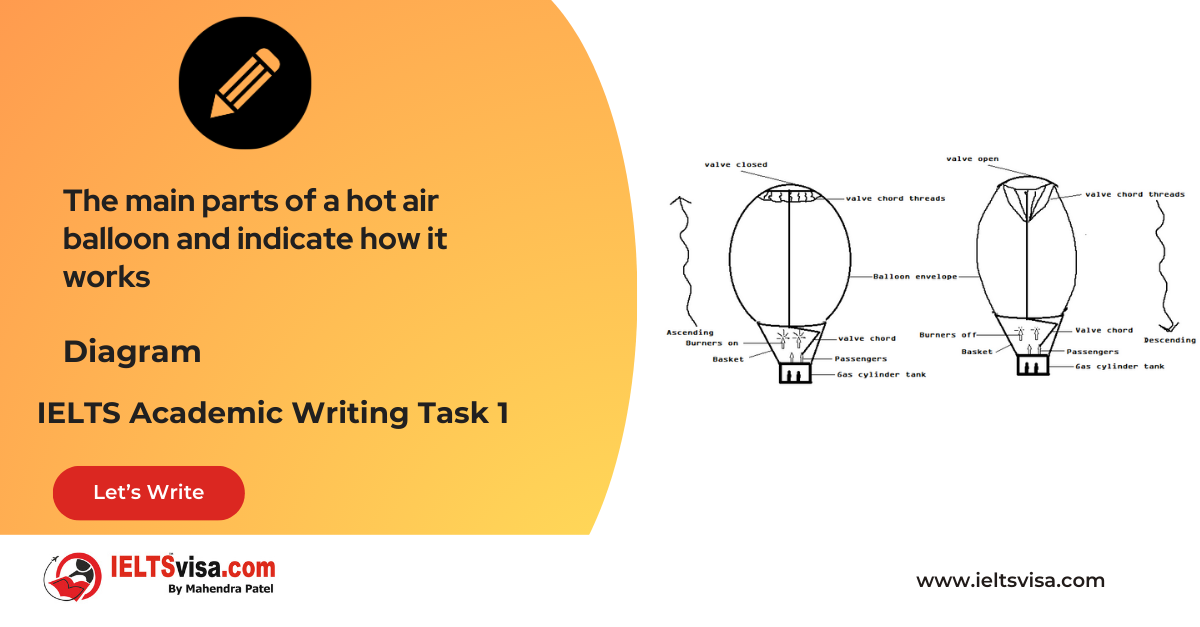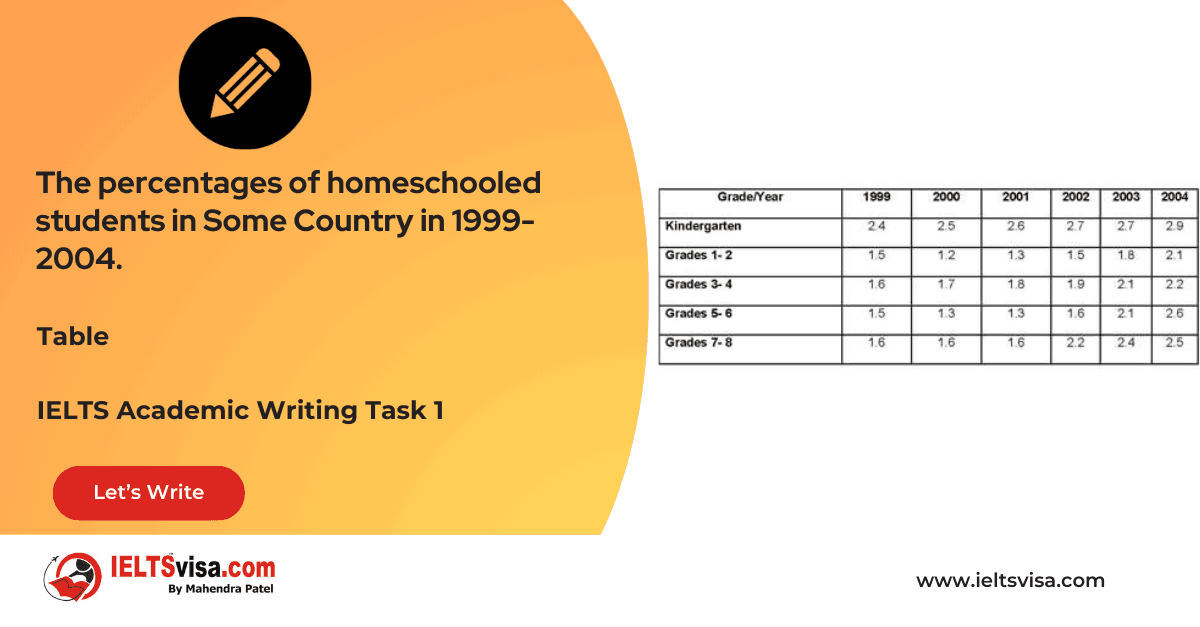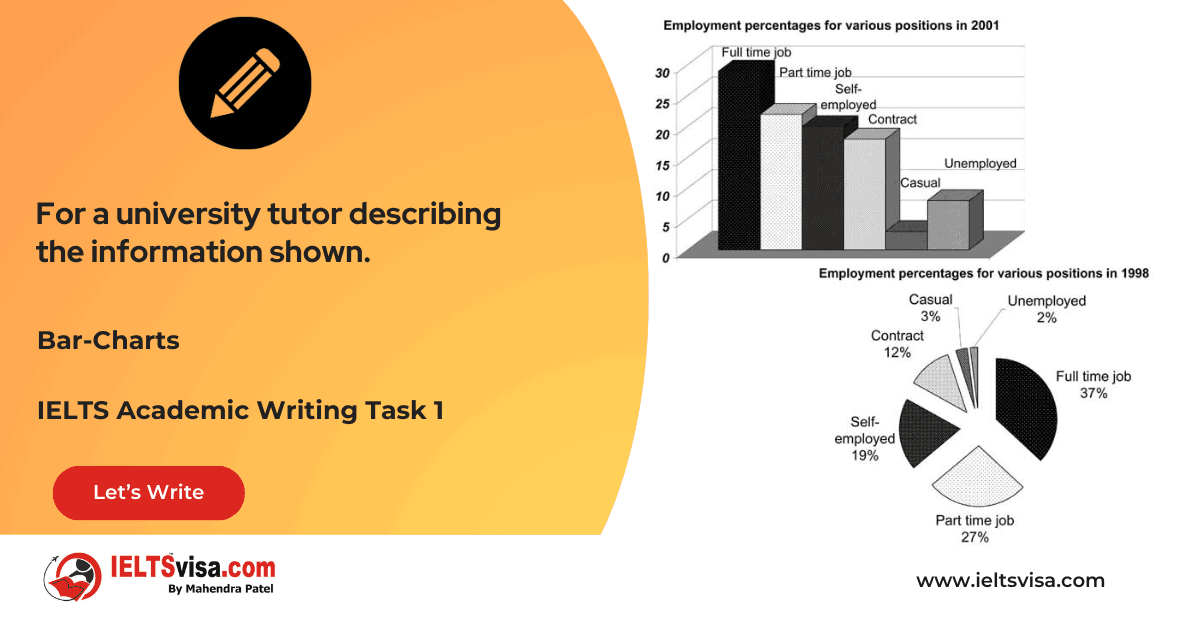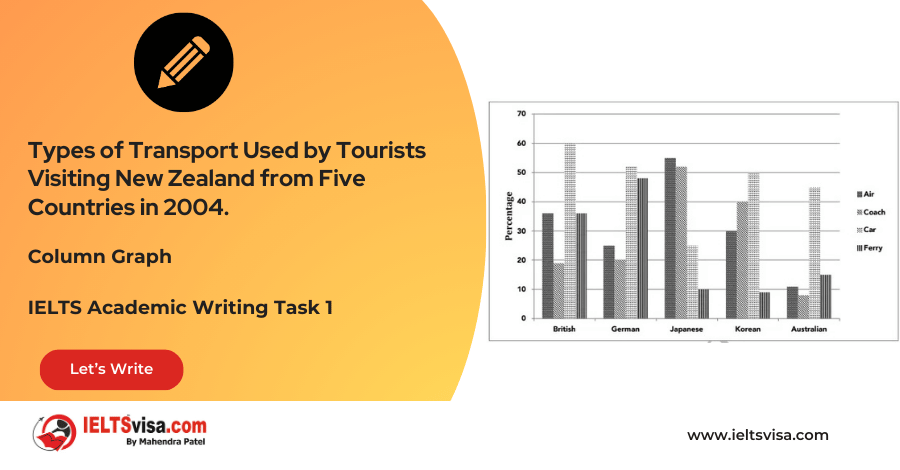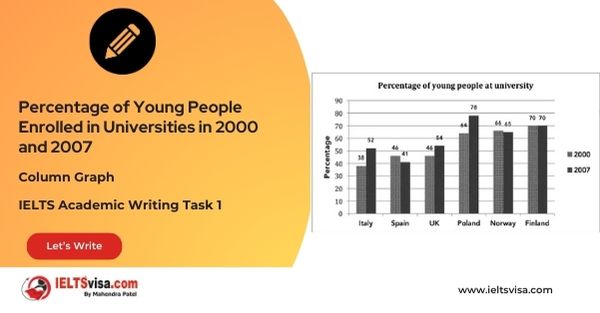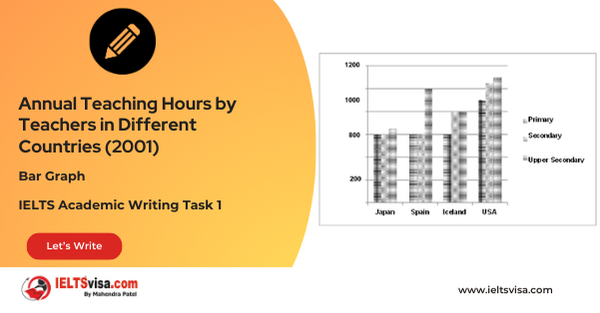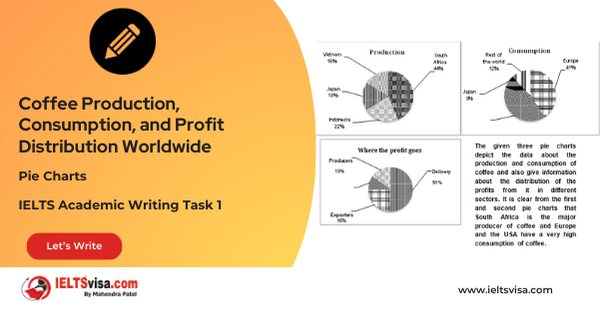Proofreading and Checking for Grammatical Errors, such as Subject-Verb Agreement and Verb Tense Consistency
Processes -IELTS Academic Writing Task 1
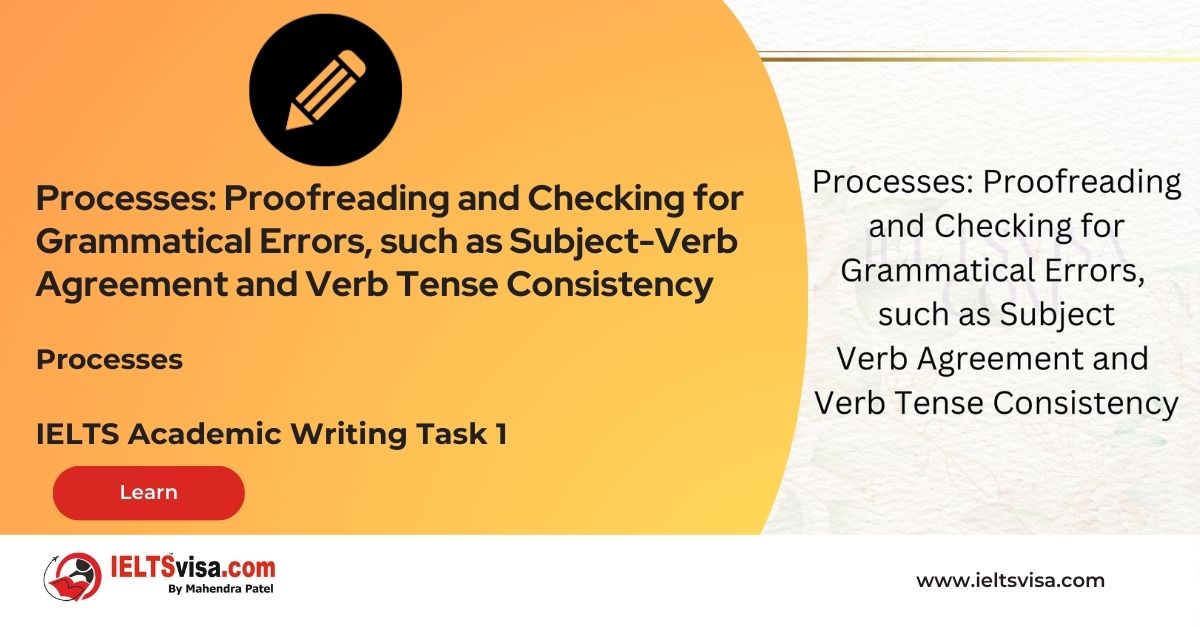
In the IELTS Academic Writing Task 1, it is crucial to demonstrate a strong command of grammar and language.
One common area where candidates may make errors is in subject-verb agreement and verb–tense consistency. Proofreading and checking for these grammatical errors are essential to ensure accuracy and clarity in the description of processes.
This article will explore the importance of proofreading and provide examples and sample answers to help you identify and correct subject-verb agreement and verb–tense errors.
1. Importance of Proofreading:
Proofreading is the final step in the writing process. It allows you to identify and correct grammatical errors, ensuring your response is clear, accurate, and coherent. Subject-verb agreement and verb tense consistency are crucial aspects of grammar that must be checked to maintain the overall integrity of your writing.
2. Examples of Subject-Verb Agreement and Verb Tense Errors:
a. Subject-Verb Agreement Error:
Incorrect: The employees at the company was working overtime. Correct: The employees at the company were working overtime.
In the incorrect example, the subject “employees” is plural, but the verb “was” is singular. The correct version ensures subject-verb agreement by using the plural verb “were.”
b. Verb Tense Consistency Error:
Incorrect: After the data is collected, the researchers will analyze it thoroughly. Correct: After the data is collected, the researchers analyze it thoroughly.
In the incorrect example, the verb tense shifts from present tense (“is collected”) to future tense (“will analyze“). The correct version maintains consistency by using the present tense verb “analyze.”
Sample Answer:
The given diagram illustrates the process of paper recycling. After completing the description, it is crucial to proofread for grammatical errors, such as subject-verb agreement and verb tense consistency. Let’s review the text and identify any errors:
“The used papers are collected and sorted by recycling centres. They then undergo a process of pulping, where they are mixed with water and turned into a pulp. The pulp is then refined and cleaned to remove any impurities. After that, it is formed into sheets and pressed to remove excess moisture. The sheets are then dried and rolled into large rolls. Finally, the recycled paper rolls are cut into smaller sheets and packaged for distribution.”
The text appears grammatically correct in this sample answer, with proper subject-verb agreement and verb–tense consistency. However, it is crucial to double-check for any errors before finalizing your response.
Proofreading is an essential step in writing, allowing you to identify and correct grammatical errors. Pay close attention to subject-verb agreement, ensuring that the subject and verb match in number. Additionally, maintain verb tense consistency throughout the description, using the appropriate tense for each process stage.
In conclusion, proofreading and checking for grammatical errors, such as subject-verb agreement and verb tense consistency, are crucial in IELTS Academic Writing Task 1. By taking the time to review your response and correct any errors, you can ensure accuracy and clarity in describing processes.
Practice these skills to improve your writing and achieve a higher score on the task.




Our Books
Master IELTS Speaking Part 1
IELTS Writing Task 1 Book
IELTS Writing Task 2 Book
Practice IELTS Other Modules
IELTS Listening
The IELTS Listening test assesses how well you can understand spoken English in various contexts. It lasts about 30 minutes and is divided into four sections with a total of 40 questions. The listening tasks become increasingly difficult as the test progresses.
IELTS Academic Reading
The IELTS Academic Reading section assesses your ability to understand and interpret a variety of texts in academic settings. It is designed to evaluate a range of reading skills, including skimming for gist, reading for main ideas, reading for detail, understanding inferences, and recognizing a writer's opinions and arguments.
IELTS Speaking
The IELTS Speaking test assesses your ability to communicate in English on everyday topics. It lasts 11-14 minutes and consists of three parts: introduction, cue card, and a discussion based on the cue card topic.
IELTS General Reading
IELTS General Reading tests your ability to understand and interpret various types of texts. Here are some key areas and types of content you can expect to encounter in the reading section, along with tips for effective preparation.
IELTS Academic Writing Task 1
In IELTS Academic Writing Task 1, you are presented with a visual representation of information, such as graphs, charts, tables, or diagrams, and you are required to summarize, compare, or explain the data in your own words.
IELTS General Writing Task 1
In IELTS General Writing Task 1, you are required to write a letter based on a given situation. The letter can be formal, semi-formal, or informal, depending on the prompt. Here’s a breakdown of the key components to include in your letter
IELTS Academic Writing Task 2
In IELTS Academic Writing Task 2, you are required to write an essay in response to a question or topic. Here’s a guide to help you understand the essential elements of this task
IELTS Exam Tips
To succeed in the IELTS exam, practice regularly, familiarize yourself with the test format, improve your vocabulary, develop time management skills, and take mock tests to build confidence.
Grammer for IELTS
Grammar is the foundation of effective communication in English. Understanding tense usage, subject-verb agreement, and sentence structure enhances clarity and coherence in writing and speaking.
Vocabulary for IELTS
Vocabulary plays a crucial role in the IELTS (International English Language Testing System) exam, especially in the Speaking and Writing sections. Here’s an overview of why vocabulary is important and how it impacts your performance
RECENT IELTS SAMPLES QUESTIONS AND ANSWERS
Task 1 – Diagram – A conference hall built in 1981 and planned for 2020
20:00 Start Pause Stop [df_adh_heading title_infix="IELTS Writing Task 1 Question" use_divider="on"...
Task 1 – Table – The percentages of homeschooled students in Some Country in 1999-2004.
20:00 Start Pause Stop [df_adh_heading title_infix="IELTS Writing Task 1 Question" use_divider="on"...
Task 1 – Table – For a university tutor describing the information shown.
20:00 Start Pause Stop [df_adh_heading title_infix="IELTS Writing Task 1 Question" use_divider="on"...
Task 1 – Bar-Charts – The way people of Some country invested their money during the years 2001 – 2006
20:00 Start Pause Stop [df_adh_heading title_infix="IELTS Writing Task 1 Question" use_divider="on"...
Task 1 – Diagram – Rainwater Harvesting and Conversion to Drinking Water in an Australian Town.
20:00 Start Pause Stop [df_adh_heading title_infix="IELTS Writing Task 1 Question" use_divider="on"...
Task 1 – Column graph – Percentage of Young People Enrolled in Universities in 2000 and 2007.
20:00 Start Pause Stop [df_adh_heading title_infix="IELTS Writing Task 1 Question" use_divider="on"...
Task 1 – Bar Graph – Annual Teaching Hours by Teachers in Different Countries (2001)
20:00 Start Pause Stop [df_adh_heading title_infix="IELTS Writing Task 1 Question" use_divider="on"...
Task 1 – Pie Charts – Coffee Production, Consumption, and Profit Distribution Worldwide
20:00 Start Pause Stop [df_adh_heading title_infix="IELTS Writing Task 1 Question" use_divider="on"...
Task 1 – Column graph – Types of Transport Used by Tourists Visiting New Zealand from Five Countries in 2004.
20:00 Start Pause Stop [df_adh_heading title_infix="IELTS Writing Task 1 Question" use_divider="on"...

